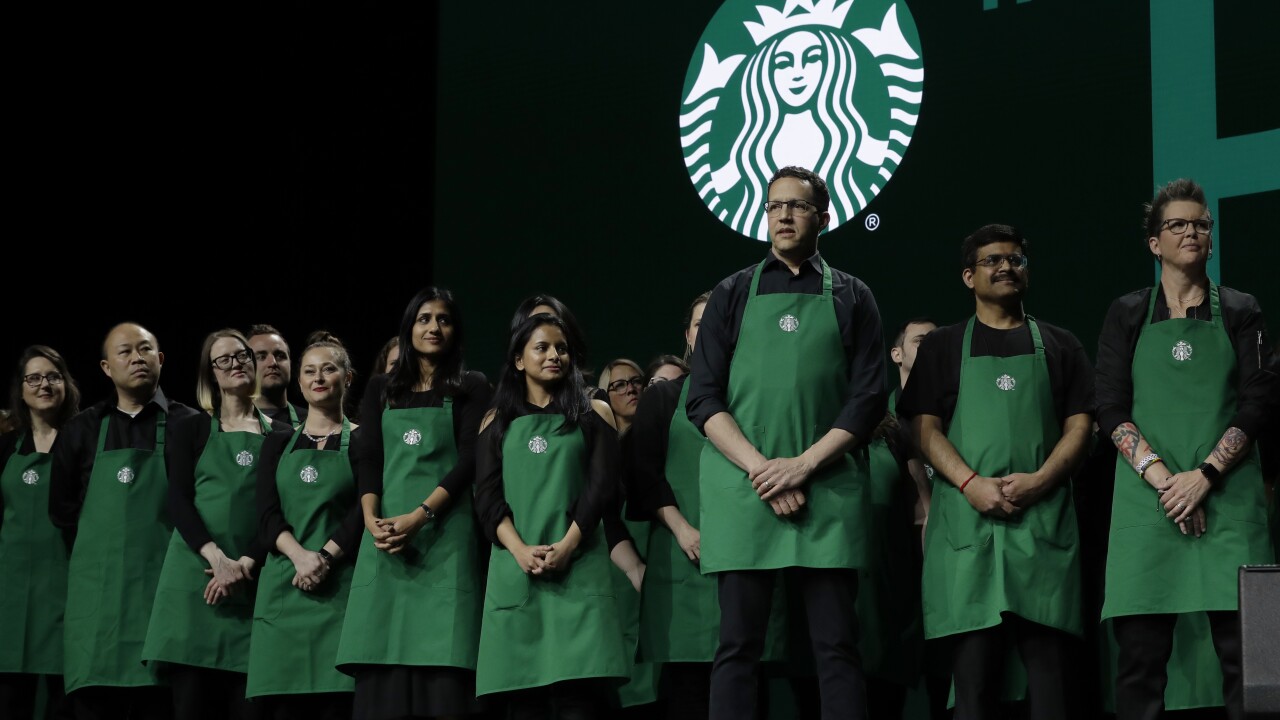
Chamberlains of London – Starbucks is facing fresh legal trouble as workers across several states have launched lawsuits challenging the company’s newly enforced dress code. The controversy centers on claims that employees were forced to spend their own money to comply with the updated clothing rules without being reimbursed. Starbucks workers in Illinois and Colorado filed class action lawsuits while employees in California submitted complaints to the Labor and Workforce Development Agency. If state officials decline to pursue penalties the California workers intend to file a similar lawsuit. The disputes come after months of internal unrest with workers arguing that the new policy unfairly shifts business expenses onto employees who are already struggling with rising costs of living. This conflict adds to the long running battle between Starbucks and its growing union movement which has been organizing stores across the United States since 2021.
The lawsuits claim that Starbucks violated state labor laws by requiring workers to purchase new clothing to meet the stricter dress code. Employees argue that the policy benefits the company by creating a standardized appearance while forcing them to shoulder the financial burden. According to the complaints Starbucks failed to provide adequate reimbursement for the expenses despite state laws requiring compensation for employer mandated costs.
Workers in Colorado also cite a law that prohibits companies from imposing expenses without written consent from employees. The plaintiffs seek damages on behalf of all affected employees whether or not their stores are unionized. Starbucks responded by stating that the dress code was simplified to create a consistent customer experience across all stores. Each partner received two shirts at no cost as part of the initial rollout of the new policy. The company did not address the broader financial concerns raised by the lawsuits regarding clothing expenses for employees.
Under the updated Starbucks dress code all employees in North America must wear a solid black shirt with short or long sleeves. Shirts may have collars but must cover the midriff and armpits at all times during work. Workers are required to wear khaki black or blue denim pants without patterns or frayed hems. A solid black dress not more than four inches above the knee is also permitted as an alternative. Shoes must be black gray dark blue brown tan or white and made of waterproof material. Socks and hosiery must remain subdued in color to match the uniform requirements. The policy also bans face tattoos more than one facial piercing tongue piercings and theatrical makeup. Starbucks announced the rules to highlight the green apron and create a welcoming consistent look for customers. Employees argue that the cost of buying compliant clothing is significant and burdens workers financially.
“Read more: He’s Back! Kevin Parker Returns to Tame Impala with a Twist No One Saw Coming”
Several Starbucks employees have shared stories illustrating the strain caused by the new dress code. Brooke Allen a full time student and Starbucks barista in California described being told that the Crocs she wore no longer met company standards. She had to visit three stores to find an acceptable pair of shoes which cost more than sixty dollars. Allen also spent nearly ninety dollars on additional black shirts and jeans to meet the new requirements. Other workers reported similar challenges including the cost of removing piercings or replacing entire wardrobes. Many employees live paycheck to paycheck and say that the unexpected expense places an unfair burden on their already tight budgets. Requests for reimbursement were denied according to the complaints adding to frustration and fueling calls for legal action. Workers also lament the loss of personal expression that was allowed under the previous more relaxed dress code.
The lawsuits represent a new strategy in the ongoing effort to organize Starbucks stores across the country. Starbucks Workers United has filed hundreds of unfair labor practice charges with the National Labor Relations Board. Those cases have been slowed by staffing issues within the agency responsible for handling labor disputes. By turning to state courts workers are seeking faster remedies and stronger enforcement of labor laws.
The union argues that changes like the dress code should be subject to collective bargaining with employees. Unilateral policy shifts are claimed to undermine employee rights and weaken existing labor protections. The dress code controversy follows a strike at seventy five stores earlier this year with over one thousand workers protesting. Despite agreeing to resume contract negotiations in early 2024 Starbucks and the union have not reached a comprehensive agreement. The outcome of these lawsuits could shape the future of workplace standards within the company. Union activism inside Starbucks may also be influenced by the legal results of these state court actions.
This article is sourced from cbsnews.com and for more details you can read at chamberlainsoflondon
Writer: Sarah Azhari
Editor: Anisa